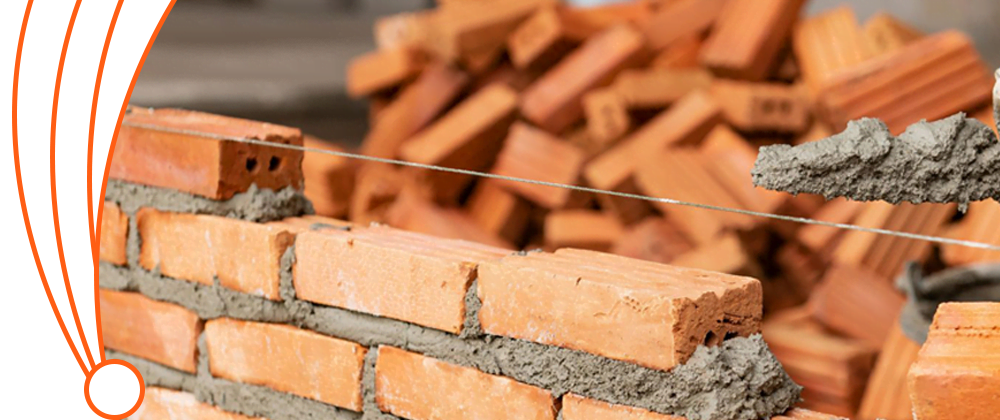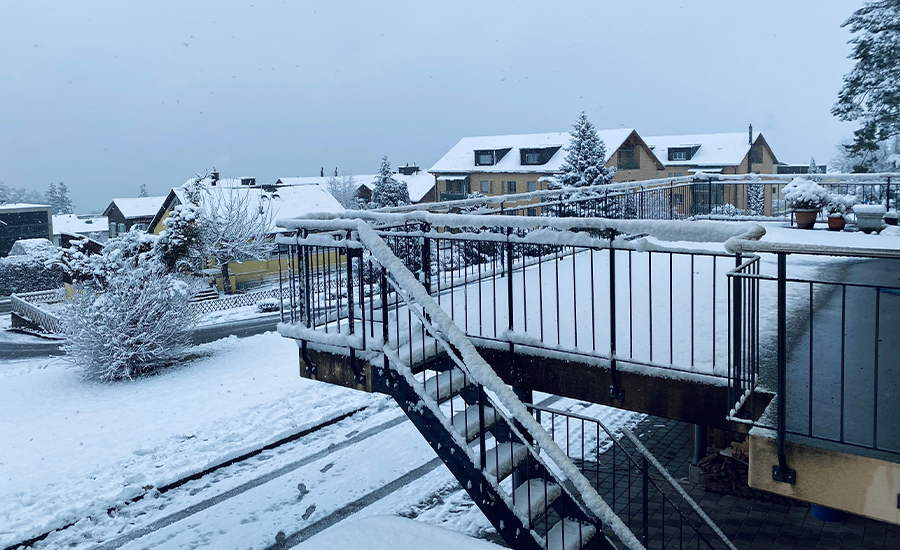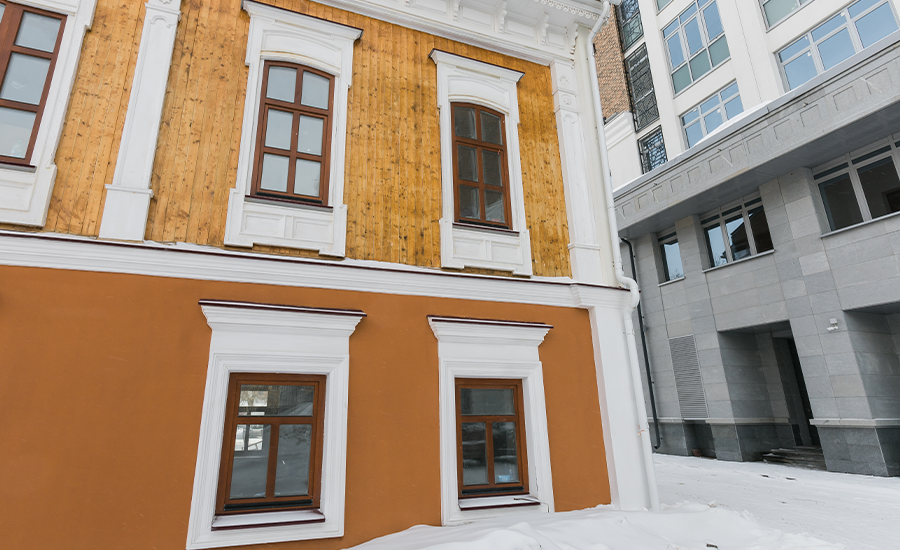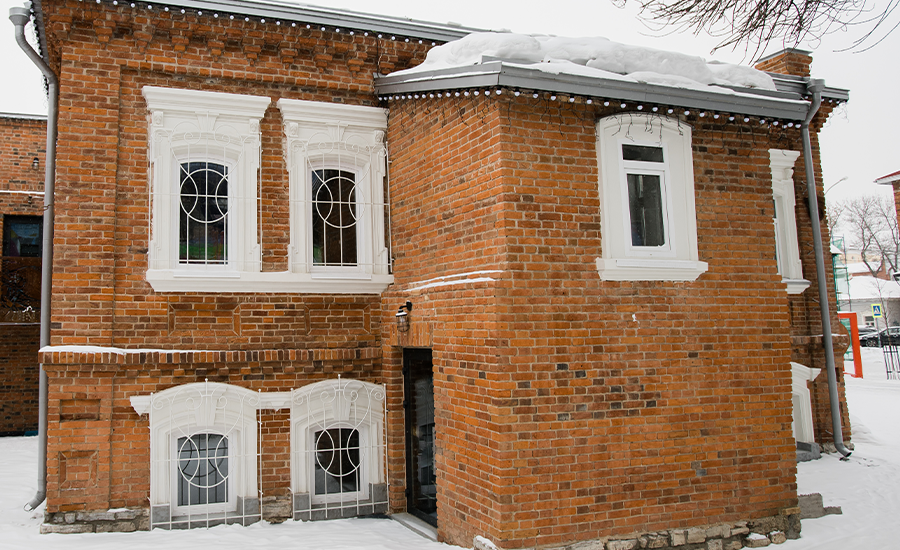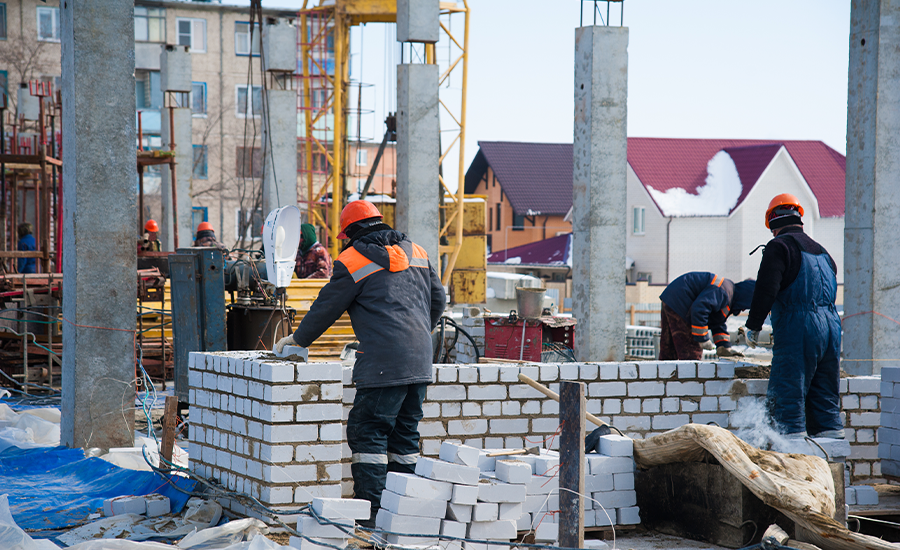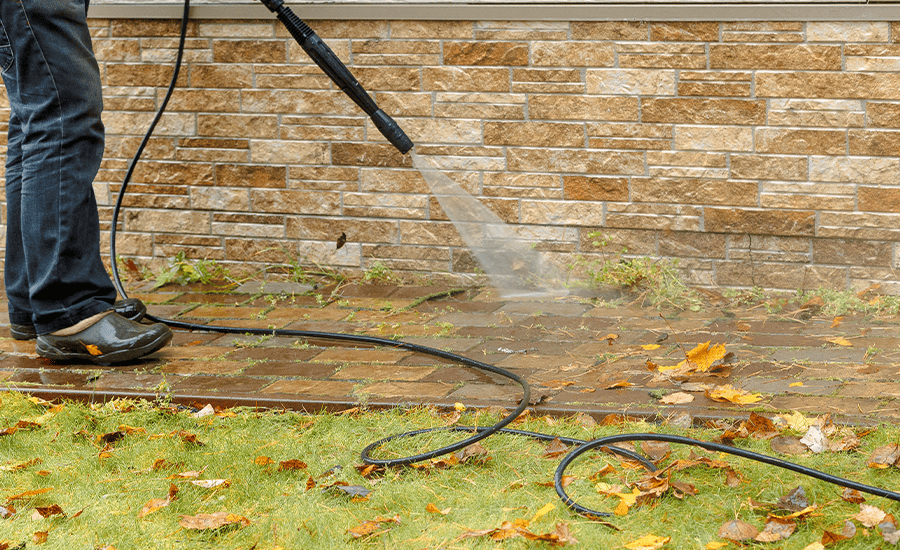Masonry repairs and restoration are the most essential upkeep method that helps in preserving the strength, durability, and visual appeal of your residential and commercial properties. In order to maintain your masonry, there are two essential methods of repointing, including weathered pointing and flush pointing. Both of these services play an efficient role in keeping the masonry resilient and protected from water damage. However, weathered pointing is slightly costly than flush pointing, but it is the most advised technique for excellent masonry outcomes and protection.
In this blog, we’ll dive into the functions of weathered and flush pointing services, while we will also discuss which service is most preferable in masonry restorations.
What is Weathered Pointing?
Weathered pointing is a mortar joint finish where the mortar is recessed slightly at an angle, creating a slope that directs rainwater away from the brick face. This technique not only enhances water run-off but also gives a building a distinctive, traditional aesthetic.
What is Flush Pointing?
Flush pointing is a technique where the mortar is level with the brick face, creating a smooth and flat appearance. It is often used in modern constructions or where a seamless finish is required.
When is Weathered Pointing Preferred?
Here are some of the conditions in which it’s preferable to apply weathered pointing methods:
Water-vulnerable Regions
Weathered pointing is ideal in regions where heavy rainfall or moisture infiltration is a concern. The sloped joint naturally guides rainwater away from the wall, reducing water seepage and potential damage to both the mortar and the brickwork.
To understand how this design protects your walls, visit How Does Weathered Pointing Protect Against Rain Damage?
Heritage Structures
Many older or heritage structures originally featured weathered pointing, especially in pre-20th-century brick architecture. When restoring such buildings, weathered pointing preserves historical accuracy and architectural integrity.
Explore which property types benefit from this method in What Types of Properties Need Flush Pointing?
Climatically Exposed Structures
Walls that face prevailing winds or are consistently exposed to sunlight, wind, or rain benefit from weathered pointing. The design prevents mortar deterioration and offers better weather resistance compared to flush pointing.
Weather Enduring Durability
In climates with freeze-thaw cycles, rain can enter joints, freeze, expand, and eventually crack the mortar. Weathered pointing helps minimize water penetration and the risk of freeze damage, prolonging the lifespan of the joint.
Learn how these joints improve property condition in How Does Brick Pointing Improve Property Value?
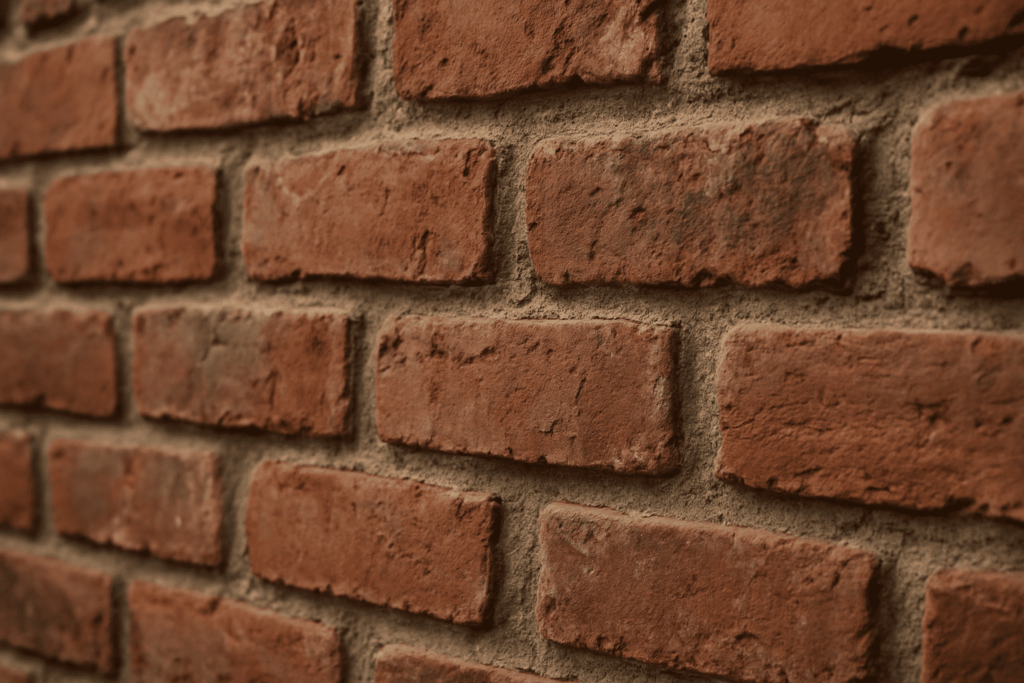
Ease of Long-term Care
Weathered pointing tends to need less frequent maintenance than flush pointing due to its self-draining profile. This is particularly beneficial for homeowners and commercial property managers seeking longevity and lower upkeep.
Surface Detailing
Aesthetic preferences also influence the choice. Weathered pointing adds texture and dimension to a wall surface, making the brickwork visually engaging. It enhances shadows and brick definition, which may be desirable for stylistic reasons.
For more stylistic benefits, read Can Repointing Improve a Building’s Curb Appeal and Resale Value?
Weathered Pointing vs Flush Pointing
Here are the differences between weathered and flush pointing, considering how both work in the property:
| Conditions | Weathered Pointing | Flush Pointing |
|---|---|---|
| Water repellent attribute | Outstanding | Average |
| Visual enhancement | Classic, textured look | Sleek, modern finish |
| Best in | Heritage, exposed walls, rainfall | Interiors, modern façades |
| Maintenance Characteristics | Optional | Medium-level |
| Energy saving capability | Weak draft prevention | Better insulation |
| Weatherproofing strength | Robust | Average |
| Affordability factor | Moderate | Reduced |
Final Thoughts
In conclusion, Weathered pointing is more than a stylistic choice; it’s a practical solution that boosts your building’s ability to withstand the elements while enhancing its traditional charm. Whether you own a historic estate, manage a commercial property in a wet climate, or want a maintenance-friendly option for your brickwork, weathered pointing offers reliability and resilience.
Want the best results from your restoration? See What Are the Best Techniques for Long-Lasting Brick Repointing?
Sardar Restoration Corp. proudly serves every corner of NYC, including the Bronx, Manhattan, Brooklyn, Westchester, and Queens. Our services are designed to meet your needs, providing top-quality solutions wherever you are. Check our service areas to see how we can assist you in your location.
Contact us today at (+1) 917-355-8556 or sardarrestoration@gmail.com, or visit us at 2770 Fish Ave, Bronx, NY 10469, United States.
FAQs
Do you offer weathered pointing services for residential and commercial projects?
Yes! Sardar Restoration Corp. provides weathered pointing services for all types of structures, from residential to commercial buildings, ensuring durability and visual consistency.
How do I know if my building needs weathered pointing?
Search for the following elements: if any of these elements are present in your masonry, it means your building promptly needs weathered pointing:
- water ingress
- angled mortar joints
- Moisture retention
- Water accumulation near surface areas
Is weathered pointing more expensive than flush pointing?
Yes! Weathered pointing is a little pricier compared to flush pointing because weathered pointing needs skilled masons for complicated sloping in mortar. It’s also beneficial for long-term strength and protection from water pooling.
How long does weathered pointing last?
When done with quality materials and proper technique, weathered pointing can last 20–30 years or more, especially in well-maintained structures.
